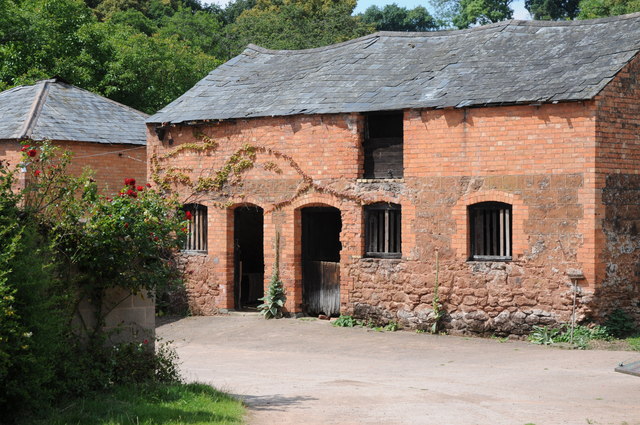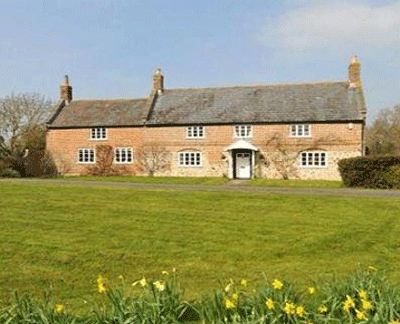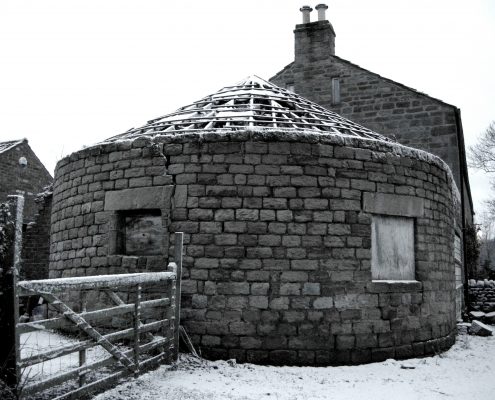The Importance of Traditional Farm Buildings

Click here to add your own text
The benefits of traditional farm buildings to us:
- Telling stories of our past – how our ancestors farmed, built and lived
- They contribute to the local character of the countryside
- They are crucial to our understanding of settlement patterns and the development of today’s countryside
- They provide an important economic asset for farm businesses or, through adaptive re-use where they would have otherwise become redundant, a high-quality environment for new rural business
- They may provide important wildlife habitats
- They represent the craftsmanship of the time, often closely related to the local geology, that is sometimes unavailable or too expensive for new building projects
There are many different types of farm houses in Devon, it is important to consider the use of the building before redesigning it, how can you maintain the structural integrity of the building whilst also making it suitable for use. Here is a list of some of the different types of farmhouses in Devon
- Longhouses
- Large timber-framed or stone-built barns
- Wheelhouse barns
- Multi-use combination barns
- Staddle barns – barns raised on large stones to keep the grains from water seepage and vermin
- Linhays – open fronted cattle sheds with hay lofts
- Cattle housing
- Cider houses
Design issues to consider when restoring a farmhouse
- Understanding character, significance and context – and how to maintain these unique features
- Understanding how the building has been constructed and it’s condition, so that when building the a new structure these factors are considered
- Respecting the architectural and historic interest of the building and it’s setting
- Achieving high standards of design and craftsmanship
- Minimising loss of and intervention in significant historic fabric
- Maximising daylight without compromising character
- Respect the open character of many farm building interiors when considering conversion proposals
- Give careful consideration to the colour for the joinery – use colours that blend with and compliment the surrounding external walls of the building
- Retain and encourage wildlife habits





